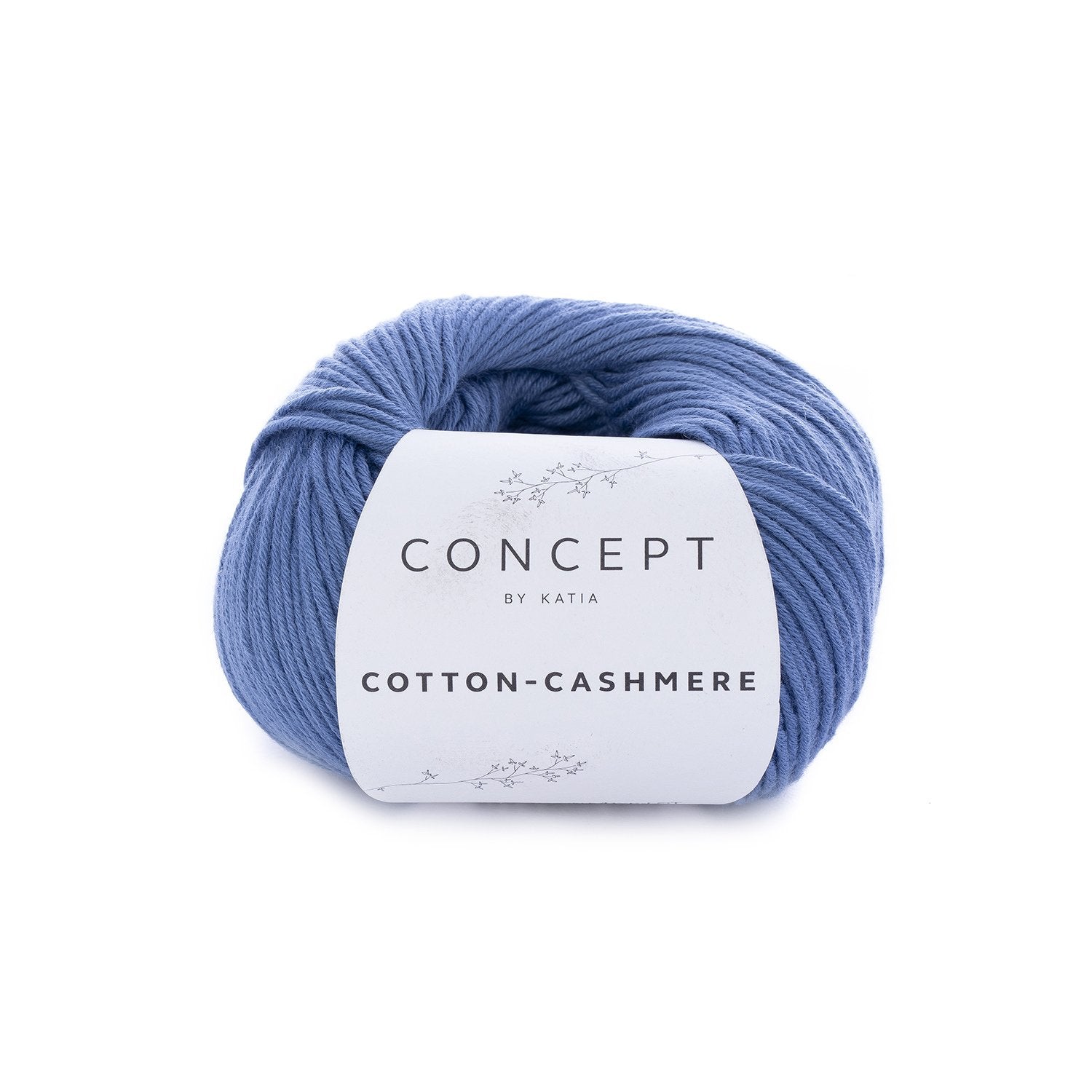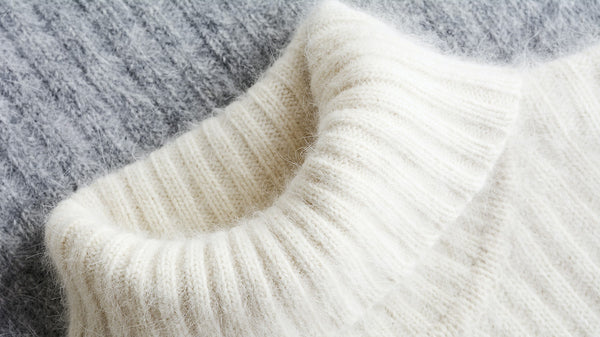Understanding the Different Types of Cashmere an All-natural Fiber and Their One-of-a-kind Benefits

The Origins of Cashmere: A Historic Review
While the luxurious touch of cashmere proceeds to charm contemporary consumers, its beginnings trace back to the harsh, cool environments of Mongolia and the Himalayas. For centuries, the native individuals of these regions have been elevating Capra Hircus goats, the prime source of cashmere woollen. These goats, durable versus the severe wintertimes, expanded a great undercoat to make it through, which later on became recognized as cashmere.

The Production Process: From Goat to Garment
Shearing a Capra Hircus goat notes the beginning of the detailed cashmere manufacturing process. This delicate procedure generally happens yearly throughout springtime. The fine, soft undercoat is after that separated from the coarser outer hair, a procedure called dehairing. The resultant raw cashmere is after that cleaned to get rid of pollutants such as dirt, vegetable, and grease matter.
The clean fiber is subjected to coloring, rotating, and weaving, or knitting, to change it right into a fabric. Facility treatments like quality assurance checks and finishing procedures follow, making sure completion product keeps the elegant requirement anticipated of cashmere. This meticulous process, from goat to garment, validates the high expense affixed to cashmere items, making them a symbol of luxury and improvement.
The Various Kinds Of Cashmere: A Thorough Evaluation

The One-of-a-kind Advantages of Cashmere: Comfort and Sustainability
Relocating from the range of cashmere kinds to the benefits they provide, comfort and sustainability attract attention plainly. Cashmere, an all-natural fiber, is renowned for its unparalleled soft qualities, supplying a level of comfort that artificial fibers can not match. The product's lightness, yet outstanding heat retention, makes it suitable for all seasons. Cashmere's natural elasticity enables it to return to its initial shape, making it immune to shrinking or stretching.
When it comes to sustainability, cashmere is eco-friendly and eco-friendly, as it's harvested from cashmere goats who regrow their coats every year. what is cashmere. Unlike synthetic fibers which can take hundreds of years to decompose, cashmere's influence on the setting is very little. This combination of convenience and sustainability makes cashmere a beneficial selection for aware consumers

Caring for Your Cashmere: Upkeep and Preservation Tips
While cashmere is undoubtedly a lasting and lavish choice, it requires particular care to preserve its high quality and expand its life-span. To begin, cashmere need to be hand washed using cold water and a mild detergent. Cashmere items should be stored in a completely dry and great area, away from straight sunshine and moisture.
Spending in Cashmere: Comprehending Its Value and Worth
Although cashmere may at first appear like an expensive investment, its long-term worth and worth come to be noticeable when you consider its impressive top qualities. Recognized for its unparalleled softness and heat, cashmere is a costs all-natural fiber that outshines various Discover More other materials. Its high need and restricted supply add to its high price, yet its resilience ensures it lasts for several years, supplying excellent value for cash. Cashmere pieces are classic, usually ending up being treasures passed down through generations. what is cashmere. Additionally, its natural protecting residential properties give heat without the bulk of synthetic fibers. Buying cashmere, therefore, is not just regarding present fashion trends, but concerning embracing a lasting, durable, and luxurious way useful reference of life.
Conclusion
In summary, the type of cashmere one chooses, be it Mongolian, Chinese, or Italian, is dictated by individual preferences for heat, budget, sustainability, and deluxe. Recognizing the beginnings, production process, and unique advantages of various types of cashmere can guide customers in their financial investment in this lavish all-natural fiber.
Whether it's the phenomenal heat of Mongolian cashmere, the cost of Chinese cashmere, or the eco-conscious manufacturing of Italian cashmere, there's a tale to be found behind each fiber type. Cashmere, an all-natural fiber, is renowned for its unrivaled softness, giving a degree of comfort that artificial fibers can't match.When it comes to sustainability, cashmere is biodegradable and eco-friendly, as it's collected from cashmere goats who regrow their layers every year. Known for its unparalleled gentleness and warmth, cashmere is a costs natural fiber that outmatches other products. Comprehending the beginnings, production procedure, and distinct benefits of different types of cashmere can guide customers in their investment in this luxurious natural fiber.